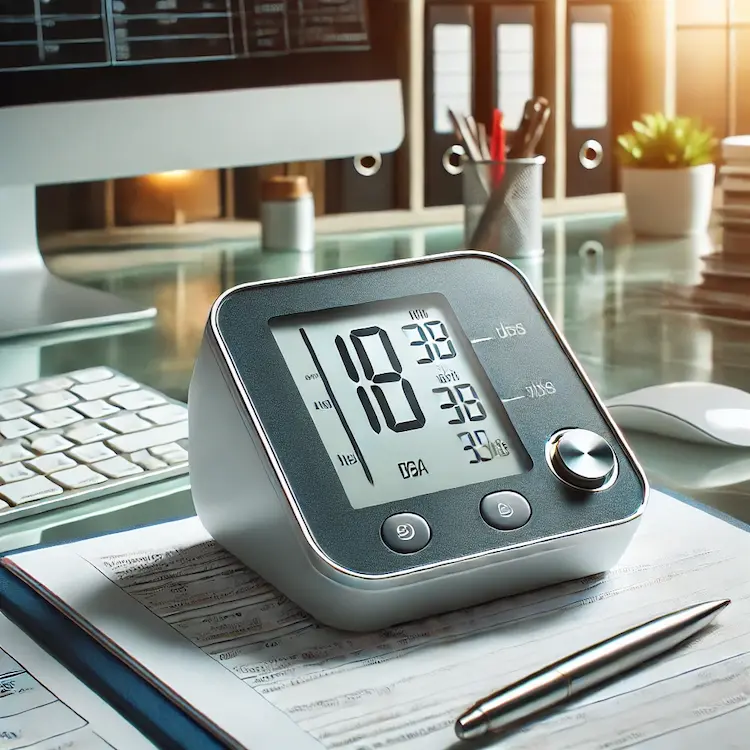High blood pressure, or hypertension, is a critical health issue affecting millions worldwide. With the increasing prevalence of sedentary jobs and workplace stress, monitoring blood pressure at work has become a pressing concern. This article delves into the importance of blood pressure measurement in the workplace, methods available, tools for accurate monitoring, and practical advice for employers and employees.
Workplaces are often sources of stress, which can elevate blood pressure. Regular monitoring can:

| Method | Accuracy | Ease of Use | Cost |
|---|---|---|---|
| Manual Monitors | High | Moderate | Low |
| Digital Monitors | Moderate | High | Moderate |
| Ambulatory Monitors (ABPM) | High | Low | High |
| Smartphone-Based Monitors | Variable | High | Low |
Regular blood pressure monitoring in the workplace is vital for early detection and prevention of hypertension. Employers and employees alike benefit from healthier, more productive work environments. By choosing appropriate tools, adopting best practices, and overcoming challenges, workplaces can become champions of heart health.